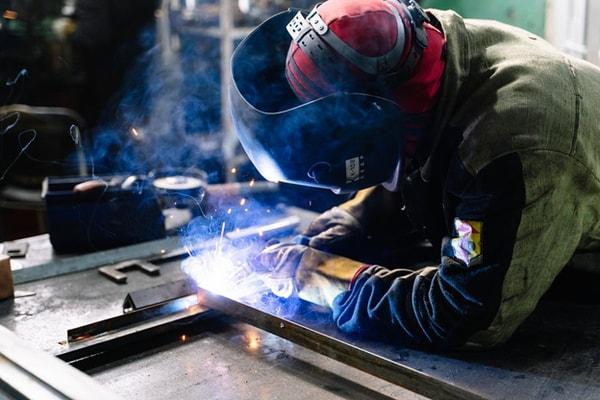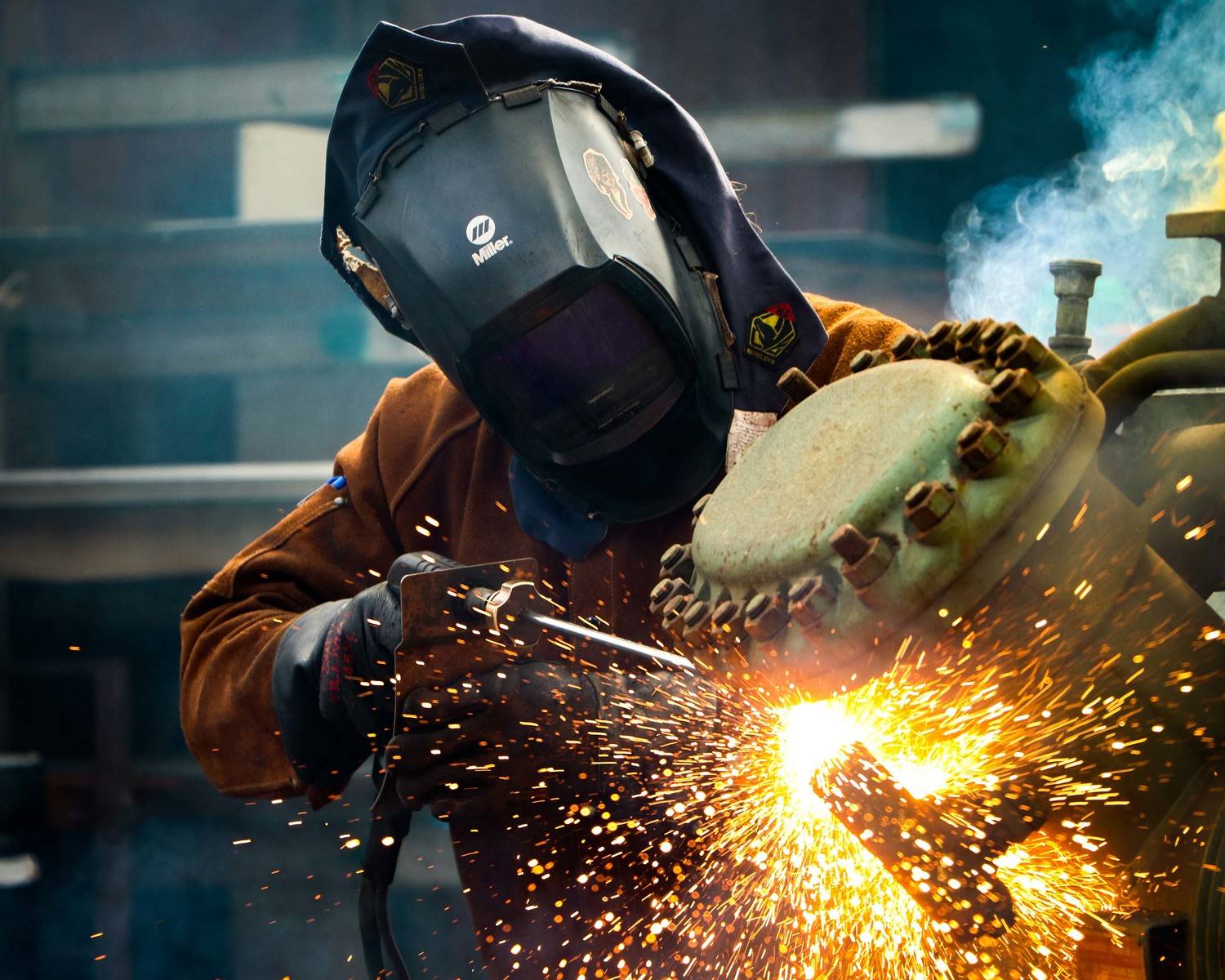Welding WPS Explained: Secret Components and Conveniences for Your Welding Processes
Welding WPS Explained: Secret Components and Conveniences for Your Welding Processes
Blog Article
The Ultimate Guide to Welding WPS Procedures: A Detailed Summary for Welders
In the complex globe of welding, Welding Procedure Specs (WPS) offer as the foundation of ensuring top quality, consistency, and security in welding operations. Comprehending the nuances of creating, implementing, and checking WPS treatments is necessary for welders looking to elevate their craft and satisfy industry standards. As we dive right into the numerous elements of a WPS and discover the complexities of certification and accreditation, we will uncover the essential function these treatments play in the realm of welding. Let's start a trip to untangle the complexities and importance of WPS procedures in welding methods.
Significance of WPS Procedures
Understanding the value of Welding Treatment Specs (WPS) treatments is vital for ensuring the high quality and honesty of welded frameworks. WPS treatments function as a roadmap for welders, detailing the essential steps, parameters, and materials required to attain an audio weld. By sticking to WPS standards, welders can ensure consistency in their work, resulting in structurally audio and trustworthy welds.
One of the primary reasons WPS treatments are necessary is their function in keeping weld quality and stability. Adhering to the defined welding specifications and techniques described in the WPS aids prevent problems such as porosity, cracking, or insufficient fusion, which can compromise the toughness and durability of the weld. Additionally, WPS treatments are critical for ensuring conformity with market criteria and codes. By complying with well-known WPS standards, welders can show that their job fulfills the required demands for safety and top quality, offering assurance to clients, assessors, and governing bodies. Essentially, the value of WPS procedures can not be overemphasized, as they are essential to accomplishing constant, high-grade welds that fulfill industry standards and requirements.

Components of a WPS
A Welding Treatment Spec (WPS) normally makes up essential parts that detail the particular demands for executing a weld, guaranteeing consistency and high quality in the welding procedure. The key parts of a WPS consist of important variables such as base steels, filler steels, interpass and preheat temperature levels, welding processes, securing gases, welding placements, and post-weld heat treatment demands.
Base metals refer to the products being signed up with, while filler steels are utilized to fill the space in between the base steels during welding. Preheat and interpass temperature levels are critical for controlling the heat input and preventing problems like cracking or distortion. The welding procedure details the specific method to be utilized, whether it's gas metal arc welding (GMAW), shielded steel arc welding (SMAW), or another approach. Securing gases secure the weld pool from climatic contamination. Welding positions specify the positionings in which welding can be performed. Post-weld warmth therapy might be required to alleviate stress and anxieties and improve the weld's residential or commercial properties. A comprehensive understanding of these components visit our website is critical for developing a thorough and efficient WPS.

Qualification and Accreditation
Having developed the vital parts of a Welding Treatment Specification (WPS), the emphasis now changes towards the crucial facets of credentials and accreditation in welding techniques.

Certification, on the other hand, is the formal recognition of a welder's credentials by an appropriate accreditation body or company. Welding certifications are normally based on the specific welding procedures, materials, and positions a welder is qualified to deal with. Holding a valid welding accreditation shows that a welder satisfies industry criteria and is proficient to do welding jobs to the required specs.
Developing a WPS
To establish a Welding Treatment Requirements (WPS) that satisfies industry requirements, careful consideration of welding processes, materials, and operational specifications is essential. The initial step in producing a WPS is to determine the welding process to be utilized, such as gas metal arc welding (GMAW) or secured steel arc welding (SMAW)

Implementing and Keeping An Eye On WPS
Upon wrapping up the detailed Welding Treatment Requirements (WPS) that carefully details welding processes, products, functional specifications, and quality assurance actions, the emphasis moves to properly applying and keeping an eye on the established procedures. Execution involves making sure that all welders entailed in the job recognize with the WPS and follow it meticulously during the welding process. This calls for giving ample training and guidance to guarantee adherence to the specified procedures. Keeping track of the WPS involves constant oversight to verify that welding activities line up with the documented requirements. Examinations, screening, and quality assurance actions are necessary elements of the monitoring process to identify any discrepancies or concerns immediately. Routine audits and reviews of the welding procedures assist in preserving uniformity and quality throughout the project. Reliable execution and monitoring of the WPS are essential for guaranteeing the honesty, strength, and safety and security of the bonded joints, inevitably adding to the general success of the welding project.
Conclusion
To conclude, see this here understanding and following Welding Procedure Specs (WPS) is important for welders to guarantee high quality, consistency, and security in their job. By knowing the parts of a WPS, getting appropriate qualifications and qualifications, developing detailed procedures, and carrying out and checking them visit the website efficiently, welders can boost their skills and efficiency in welding practices. Sticking to WPS procedures is crucial for producing high-quality welds and meeting market standards.
In the elaborate globe of welding, Welding Procedure Requirements (WPS) serve as the backbone of ensuring high quality, uniformity, and security in welding operations. The welding procedure details the details method to be made use of, whether it's gas metal arc welding (GMAW), protected metal arc welding (SMAW), or another approach.To develop a Welding Procedure Spec (WPS) that satisfies industry requirements, mindful consideration of welding processes, products, and operational parameters is vital. The very first step in developing a WPS is to determine the welding process to be used, such as gas metal arc welding (GMAW) or shielded steel arc welding (SMAW)Upon wrapping up the detailed Welding Procedure Specification (WPS) that thoroughly details welding procedures, materials, operational parameters, and quality assurance actions, the focus shifts to successfully implementing and keeping track of the established procedures.
Report this page